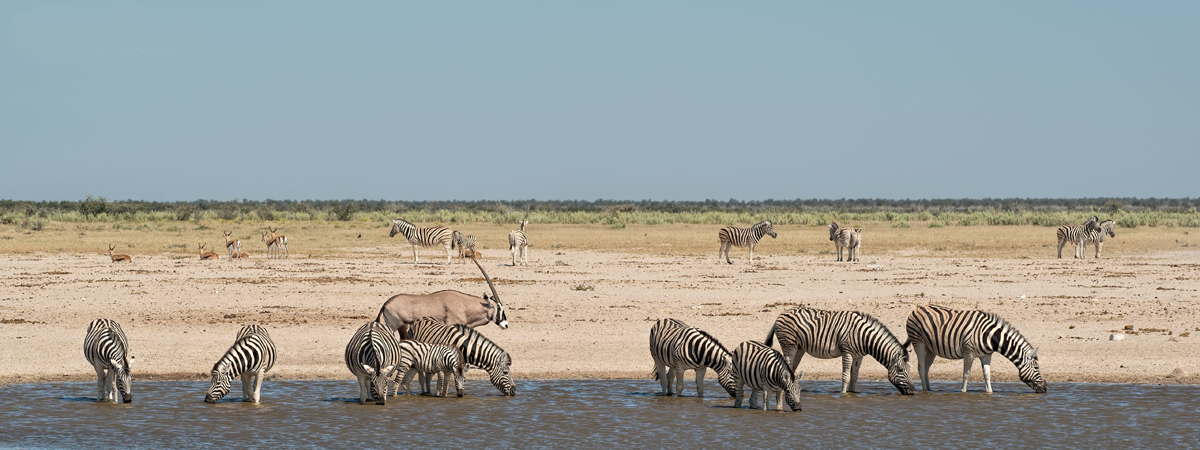After it became a popular trend a few years ago, many were left asking “what is HDR photography?” HDR is an acronym which stands for high dynamic range. This is a photographic imaging technique that is used to create images which showcase a wider range of brightness or what is often called luminosity. The result is a photograph that should look more like the way a human sees a scene as opposed to how the camera captured it at a particular moment on a particular day.
Capturing the full range of light and dark
In order to take full advantage of the effect provided by high dynamic range imaging, amateur and professional photographers alike will generally take different pictures of the same scene at various times throughout the day, where the light is different for each shoot. One image when the sunlight is most intense, one when it is average, and the last one when light is faint. These are usually the best choices to begin with. After that, an HDR image is produced using editing software which effectively combines all three of these photographs together to create the final picture. The result is a photograph in which the ranges of light and dark are fully present, producing a more complex and realistic image than any one of the individual photographs used in the creation.
Great for landscapes and portraits
There are several situations in which using HDR imaging is necessary. The first one is when the photographer is trying to capture landscapes. When photographing landscapes, achieving a contrast of the various components is a must in order to create an interesting image. By taking full advantage of the dynamic range of light and dark, you can capture more of the feeling of that scenery. It is a particularly good way to capture the stark difference between the colors of the sky and the land.
Portrait images taken in sunlight also often benefit from HDR processing. Sunlight usually provides too much lighting which creates images that are unrealistic and not what we want. Bright glares and dark shadowing are easily mitigated through the use of HDR imaging using software such as Photoshop or one of the countless mobile apps available for editing in order to accomplish the effect.
Finally, images taken in low light often suffer from distortions that are just as bad as those taken in direct sunlight. A scene which is too dark reveals little details and sometimes produces unflattering images when flash is utilized to create artificial light. The best solution is instead to use HDR so that a greater range of light and dark are captured, then combined to produce a life-like image of the subject.
Here are a few more links to help you understand HDR and when to use it.
What is HDR and When Should I Use It In My Photos?
How To Geek Explains: What is HDR Photography, And How Can I Use It?
this post was written by Amy Cobb.
Amy works for photography-colleges.com. Photography Colleges locates the best universities for prospective photography students and works to gorw the photographic industry through education.

